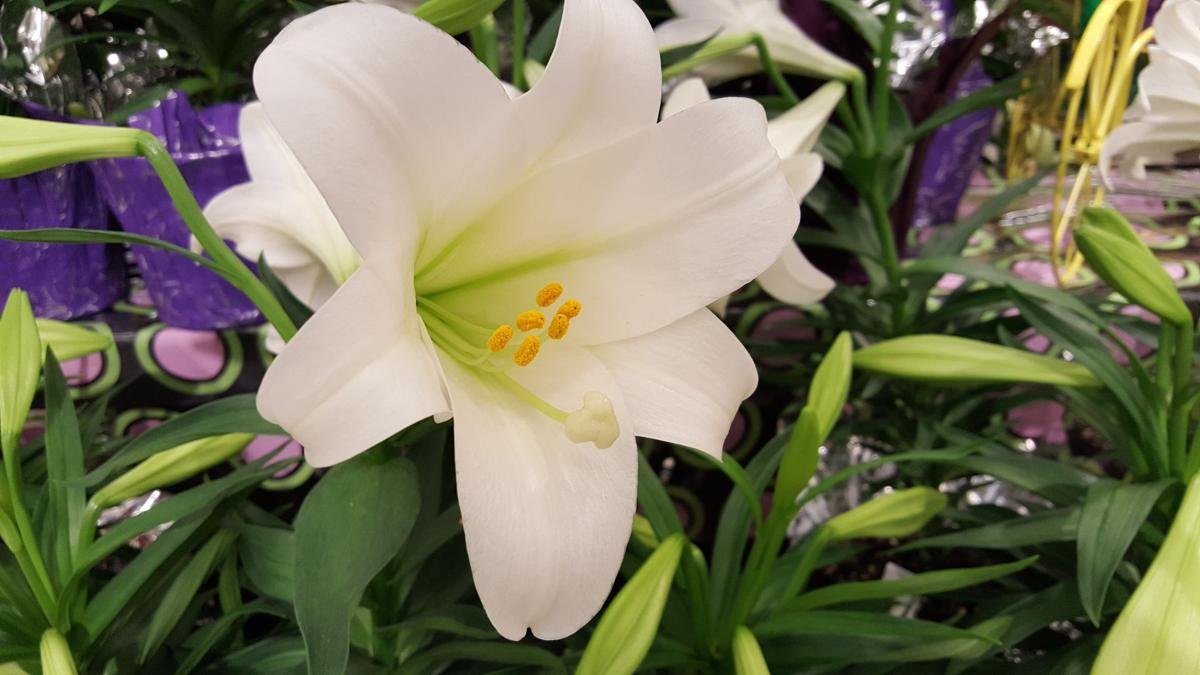Lilium is a genus of herbaceous flowering plant life developing from bulbs, all with huge prominent flora. They are the true lilies. Lilies are a set of flowering flora which are essential in lifestyle and literature in lots of the sector. Most species are local to the temperate northern hemisphere, and their range extends into the northern subtropics. Many different flora have “lily” in their common names.
Lilies are tall perennials ranging in top from 2–6 ft (60–one hundred eighty cm). They shape naked or tunicless scaly underground bulbs which might be their organs of perennation. Numerous small bulbs are determind in the bottom of rhizomes in some North America. Some species expand stolons. Some species form bulbs close to the soil floor,even most of the species burried deep inside the ground. Many species form stem-roots. The bulb grows evidently at some intensity in the soil. Each year the new stem puts out adventitious roots above the bulb and it emerges from the soil. These roots are in addition to the basal roots, expand at the bottom of the bulb.
Lily, petal
The plants are massive, frequently fragrant. They come in a extensive range of colours consisting of whites, yellows, oranges, pinks, reds and purples. Markings include spots and brush strokes. The flora are late spring- or summer time-flowering. Flowers are borne in racemes or umbels at the tip of the stem, with six tepals spreading or reflexed. It offer plants varying from funnel shape to a “Turk’s cap”. The tepals are free from every other, and undergo a nectary at the bottom of each flower. The ovary is ‘advanced’, borne above the point of attachment of the anthers. The fruit is a three-celled capsule.

